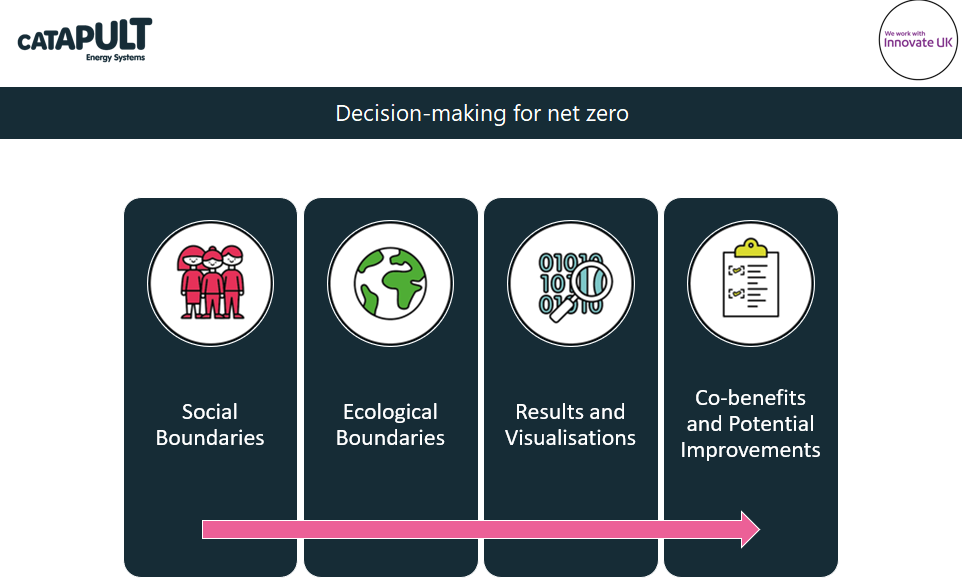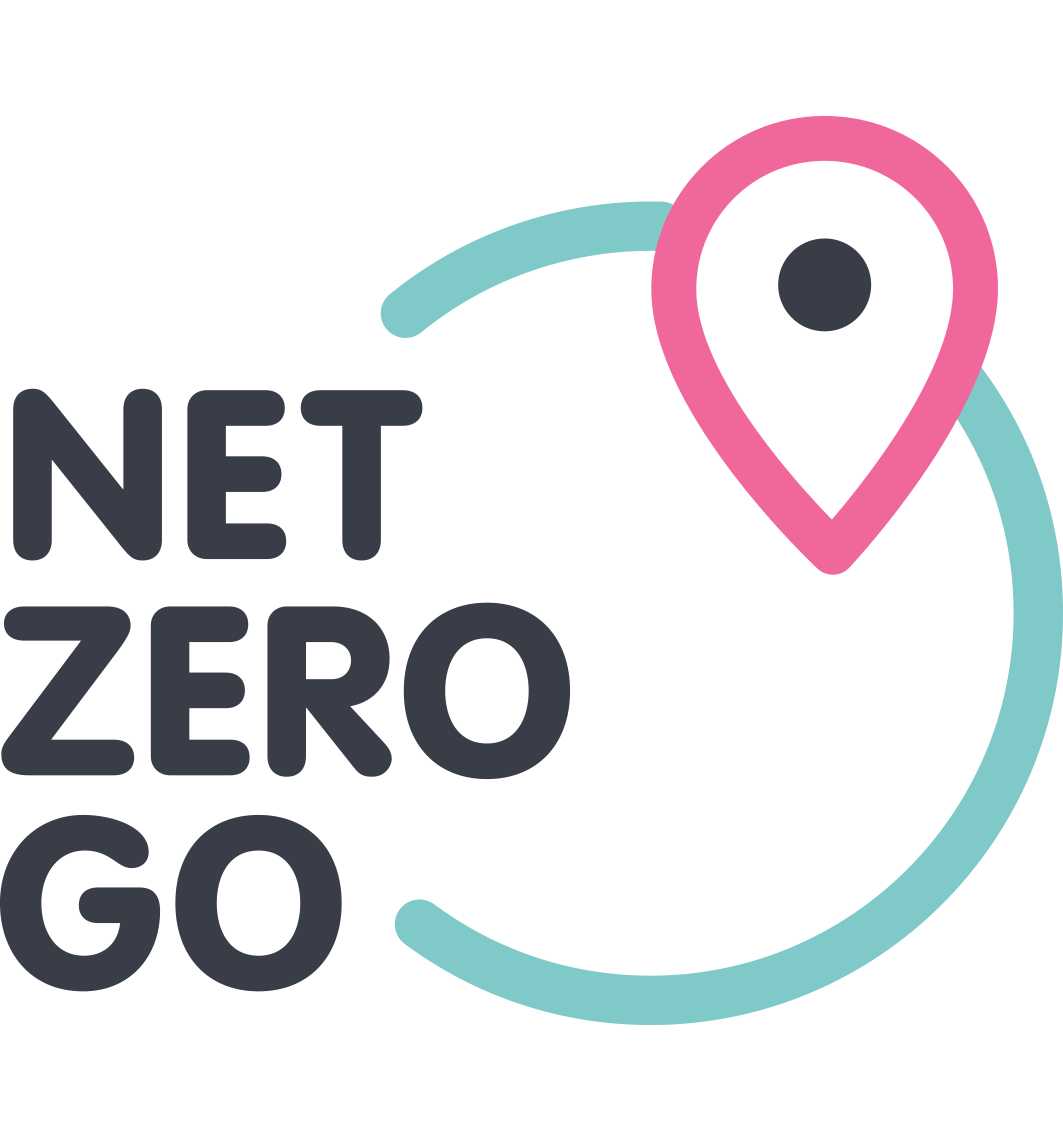The primary outcome of this section is to provide a decision-making framework that will support the assessment of the impact that a project is expected to have on a local area and stakeholders
This self-assessment framework has been developed following the theory of Doughnut Economics. Doughnut Economics takes into account the social and ecological impact of human activities while developing strategic aims or projects or programmes.
In answering the questions included in each subsection, the user will need to engage with internal stakeholders spread across their organisation, stimulating a discussion on the social and environmental impact of a specific project.
As an outcome, the user will be able to communicate to internal and external stakeholders the social and ecological benefits of the project, as well as its risks.
As part of the insights for local authority transformation of the UK energy system to meet carbon reduction targets, decision-making support was highlighted as a requirement for the Smart Local Energy Toolkit.

Download the Decision Doughnut Tool from the files section
One of the output tools for Net Zero Go is the Decision Making Doughnut, which will complement local authority decision-making processes by:
- Providing a visual summary of the impact of a given project
- Enforcing decision-makers to consider aspects such as the impact of decisions/projects on the wider environment
- Quantifying the impact of a given project on a relative scale allows decision-makers to observe impacts at a glance for consideration
- Embedded environmental/carbon thinking for non-energy specific projects
While this decision-making tool could be used at any stage during the lifecycle of a local authority’s projects or processes, it is recommended that the tool is primarily used at project initiation, in Stage 0: strategic definition stage. This is because communicating the impacts of a given project earlier allows them to be understood by interested stakeholders, therefore reducing the risk of progress being blocked further down the process.
During the Plan of Work process, any changes made to the project should be reflected in an updated version of the Decision Making Doughnut to keep it relevant and applicable.
This decision-making wheel is based on the Doughnut Economics model, which is a visual framework for sustainable development that combines planetary/environmental boundaries with social boundaries. These concepts of boundaries are arranged in a doughnut shape: the inner circle represents the social boundary that relates to life’s essentials, and the outer layer of the doughnut represents the planetary/environmental ceilings that life depends on, which therefore should not be breached.
In the context of local authority decision making, the slices of the doughnut have been modified to represent local authority issues.

